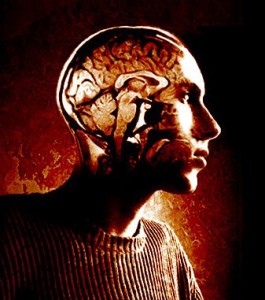Dr. Paul Héroux, PhD
.
Principles of Toxicology (2013)
ISBN: 978-1-312-74790-6
License: CC BY-SA-NC
Toxicology studies the injurious effects of chemical and physical agents (including energy) on living organisms, observed as alterations in structure and function. The variety of injurious effects becomes apparent if we examine the major causes of death (Fl .I). Many of these diseases are caused or accelerated by exposure to toxic substances. Toxicity data from various bio-medical sciences document the effects of exposure to natural• or artificial agents.
Purchase Print* Version $49.95 (grayscale, 324 pages) Compare at $117 on Amazon.com
Download free PDF* (Print version) (grayscale, 324 pages)
Download original free color PDF (Full color, 324 pages, 39 MB)
Author’s Toxicology Laboratory Website
*Errata Page 5-11 contains an incorrect formula, except in the full color pdf. Replace it with this one (pdf, 154K): 5-11 Replacement Page
Textbook Contents
1. Scope of Toxicology
2. Risk Assessment
3. Targets and Bio-Transformation
4. Toxicokinetics
5. Hemato- and Vascular Toxicity
6. Dermatotoxicity
7. Neurotoxicity
8. Hepatotoxicity
9. Nephrotoxicity
10. Techniques In Vivo & In Vitro
11 . Pulmonary Toxicity
12. Reproductive Toxicity
13. Geno toxicity
14. Carcinogenicity
*Photo Source: (CC BY-SA 2.5 http://en.wikipedia.org/wiki/Hep_G2#mediaviewer/File:HepG2.jpg)



